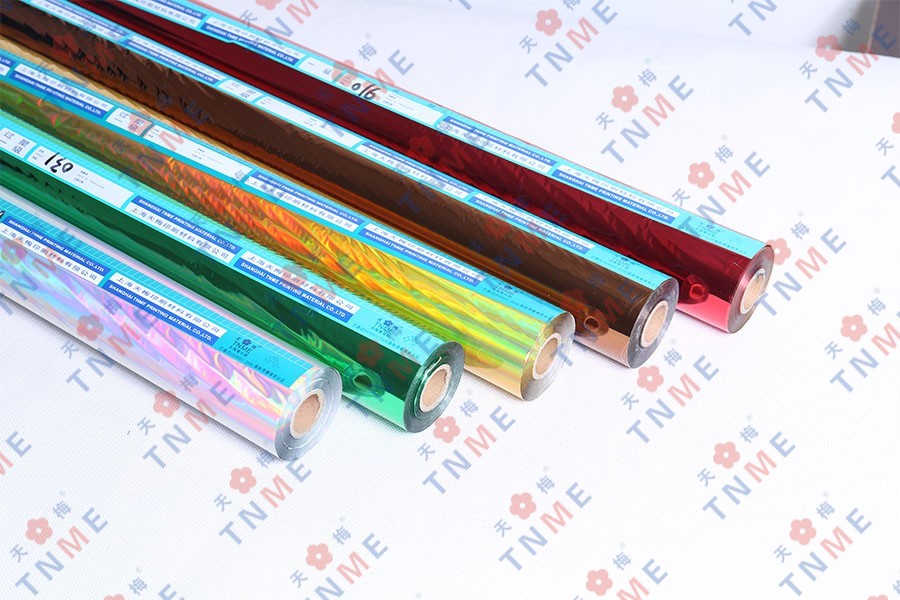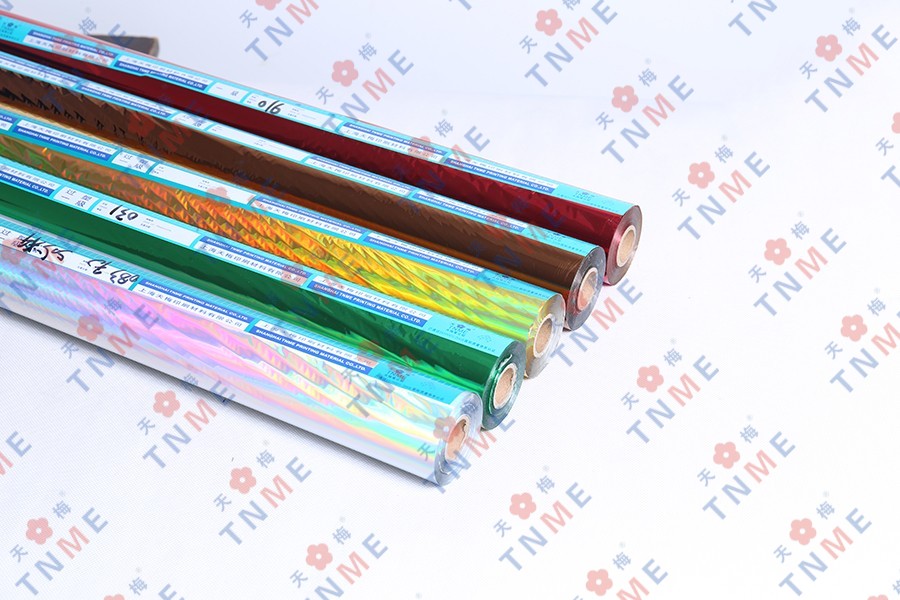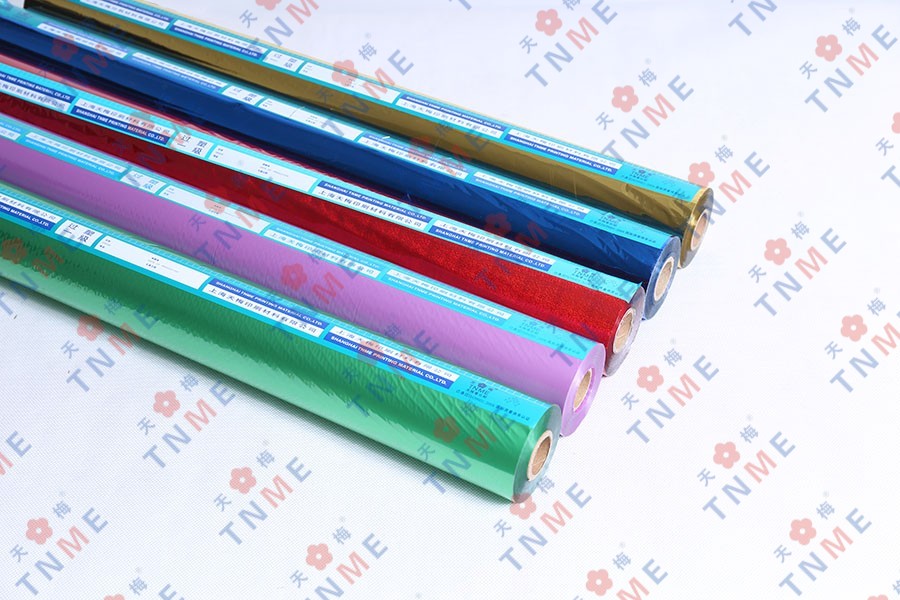Does Cold Foil require any special equipment or machinery?
Author:admin Date:2023-11-03
Cold foil is a special printing technique that adds metallic effects to various surfaces such as paper, cardboard, and labels. It has gained popularity in industries such as packaging, advertising, and printing due to its ability to enhance the visual appeal of products.
To use cold foil, certain equipment and machinery are required. These tools are necessary for applying the foil onto the desired surface and ensuring proper adhesion. Let us delve into the essential equipment and machinery required for cold foil printing.
1. Cold Foil Module:
The cold foil module is the central component required for implementing cold foil printing. It is generally integrated into a printing press or digital printer. The module consists of several key elements, including a foil feeding system, an impression cylinder, a foil unwinder, a cold foil unit, and a rewinder. These elements work together to transfer the foil onto the surface of the substrate.
2. Printing Press or Digital Printer:
As mentioned earlier, the cold foil module is typically installed in a printing press or digital printer. This equipment is responsible for printing the desired design onto the substrate before the foil application process. Traditional offset and flexographic presses are commonly used in conjunction with cold foil modules. Digital printers, such as inkjet or laser printers, have also adapted to include cold foil modules.
3. Foil Feeding System:
The foil feeding system ensures a steady supply of foil to the printing press or digital printer. It typically consists of a large roll of foil placed on an unwinder, which feeds the foil into the module. The unwinder can be motorized or manual, depending on the size and complexity of the printing operation.
4. Cold Foil Unit:
The cold foil unit plays a crucial role in the cold foil application process. It contains a myriad of components, such as foil guides, tension control systems, and a foil cylinder. The foil cylinder is responsible for transferring the foil onto the substrate with precision, ensuring proper image registration and coverage.
5. UV Drying System:
After the foil is applied to the substrate, it requires proper drying to ensure adhesion and durability. UV drying systems are commonly used in cold foil printing to cure UV coatings and inks rapidly. These systems use UV lamps to emit intense ultraviolet light, instantly curing the printed materials.
6. Rewinder:
Once the foil has been applied and dried, the rewinder is employed to wind up the printed materials onto a roll. The rewinder may have tension control systems to ensure even winding and prevent material distortion. It is often equipped with slitting or cutting mechanisms to create multiple smaller rolls if needed.
7. Quality Control Equipment:
To ensure the consistency and quality of the cold foil printing process, various inspection and control equipment may be employed. These can include web inspection systems, color measurement devices, print defect detectors, and register control systems. These tools help monitor the process and detect any potential issues or errors.
The cold foil printing process requires specialized equipment and machinery. The central component is the cold foil module, which is integrated into a printing press or digital printer. Additional equipment such as foil feeding systems, UV drying systems, rewinding units, and quality control devices are also necessary for a successful cold foil printing operation.




 English
English 中文简体
中文简体

















